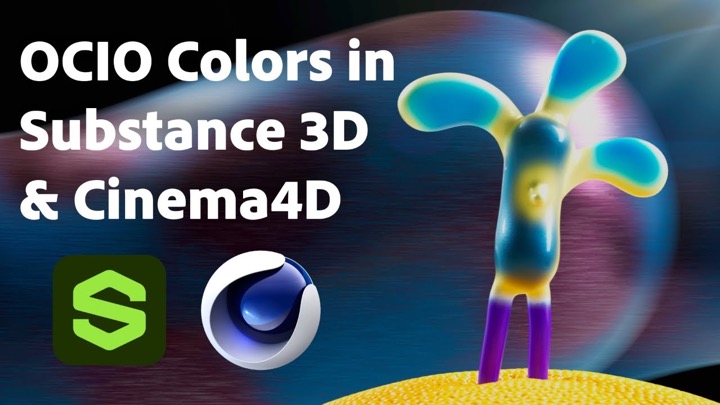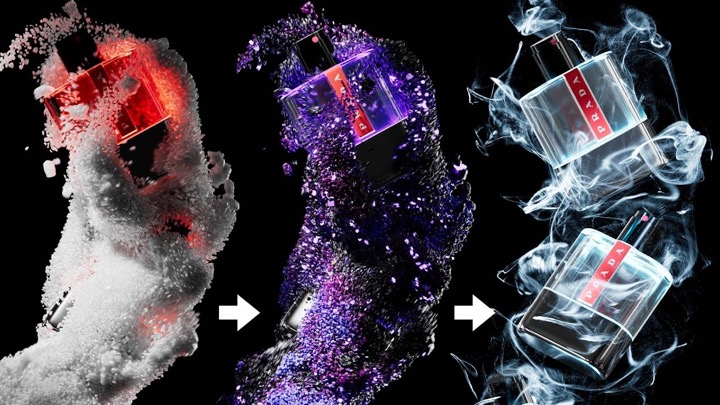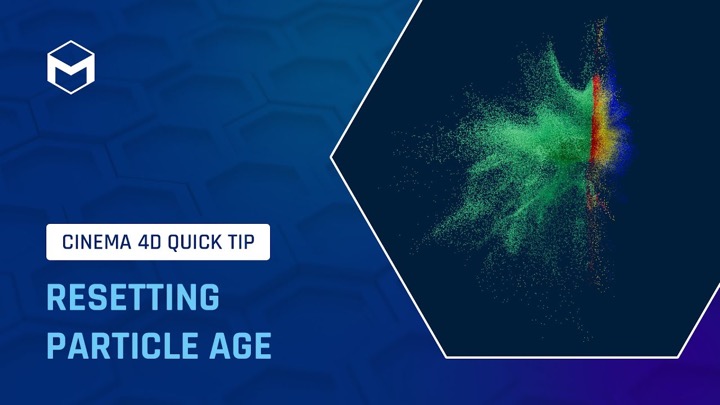CG ShortCuts offers four easy tips for creating better underwater scenes in Cinema 4D and Redshift to sell the effects.
CG ShortCuts Dave Bergin posts a look into four simple things you can do to make your underwater scenes look better. Most of what is covered here can help in any DCC or Rendering Engine.
Bergin covers working with underwater caustic textures, haze, particles and debris, and volumetric lighting, all of which can help sell an underwater scene.
Here are 4 tips for getting better underwater scenes:
- Use caustic textures underwater: Replicate the caustic light effect underwater using the caustic photon system in Redshift. You can achieve this by shining a light through a refractive surface like water. The video includes 3 different underwater caustic texture patterns you can use in your scenes. These textures are animated and tile seamlessly, making them easy to use.
- Add underwater haze: You can use a Z depth pass to add underwater haze. You can render out an AOV for this. Adobe After Effects can extract the depth information from this pass. You can then use a levels adjustment to control the amount of haze.
- Add particles or specs of debris: To make your scene look more realistic, you can add particles or specs floating past it. You can model simple geometry with planes and bend deformers to do this. Use a particle emitter to control the amount of particles in the scene. Add a turbulence force to make the particles move more naturally.
- Add volumetric lighting: Volumetric lighting can simulate the scattering of light through particles in the water by adding a Redshift environment to the scene and adjusting the environment scattering.



